We sure need to celebrate the great minds that live or have lived among us, especially the mathematicians who have done something remarkable for the human race. But, in search of global talent, we are forgetting that India too has had some great mathematicians of all time. Do you know about them? Probably not, right? Well, that’s the reason why we are here with a list of the top 10 famous Indian mathematicians of all time. So, let’s get down to it then, shall we?
1. Srinivasa Ramanujan
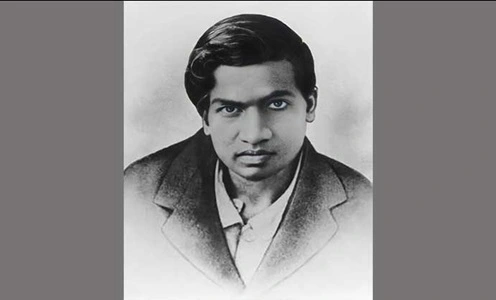
First on our list is the legendary Srinivasa Ramanujan, who was born in Erode, India, in 1887. Just picture yourself as a person who could or can impress the top-tier British mathematician with a letter alone, thanks to your exceptional intelligence. We present to you Ramanujan! He had an extraordinary, innate understanding of mathematics, despite his lack of formal education in the subject. That was a big thing then, and it still amazes whoever reads about Srinivasa Ramanujan. Did you know that after making an impression on G.H. Hardy, he went to Cambridge, where he did pioneering work in continuous fractions, number theory, and infinite series?
2. Aryabhata
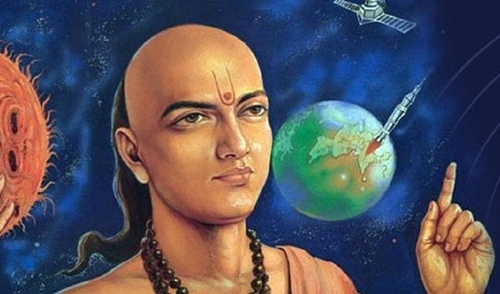
Next, we visit Aryabhata, a genius who, at the tender age of 23, penned the foundational Aryabhatiya. This event took place in 476 CE. Did you know that the world was first introduced to the concept of zero by him? In addition to proposing that the Earth spins on its axis, Aryabhata precisely computed the duration of the solar year, demonstrating his infinite brilliance. He literally did exceptional work on trigonometry and revolutionized sine table mathematics, which are some of his great works that are still considered pretty important. That was literally centuries ago, and it is hard to believe that such scientists existed in India that long ago, but that’s 100% true.
3. Brahmagupta
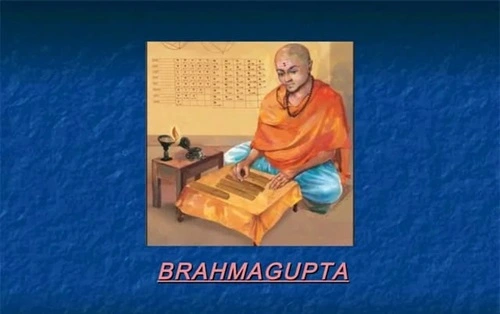
Brahmagupta, whose work was foundational in astronomy and mathematics, came into view in 598 CE. He was born in Rajasthan and codified the then-revolutionary concept of using negative numbers and zero in mathematical operations. A masterwork, his “Brahmasphutasiddhanta” introduced techniques for determining the areas of cyclic quadrilaterals and solving quadratic equations, did you already know that? The astronomical work of Brahmagupta, which included the prediction of solar and lunar eclipses, was similarly remarkable and had an impact on students from all over the world.
4. Bhaskara II
A brilliant thinker who lived in an earlier era, Bhaskara II (or Bhaskaracharya) was born in 1114. In his “Siddhanta Shiromani” he discusses astronomy and mathematics as well as calculus, which he developed centuries before anyone, even famous world scientists like Newton and Leibniz were even born! Revolutionary were Bhaskara’s methodical answers to cubic, quartic, and quadratic equations. The mean value theorem and other calculus findings of his were exceptionally sophisticated.
5. P.C.Mahalanobis
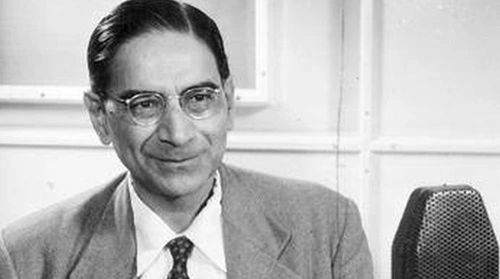
Coming full circle to the twentieth century, we find Prasanta Chandra Mahalanobis, a Kolkata native who was born in 1893. A key metric in multivariate analysis, the Mahalanobis distance was introduced by him, who is famously known as the father of Indian statistics. Mahalanobis established the Indian Statistical Institute, which he later elevated to the status of a world-renowned research center. All in all, his influence on India’s economic growth was highlighted by his work on the Planning Commission and the Second Five-Year Plan.
6. C.R. Rao
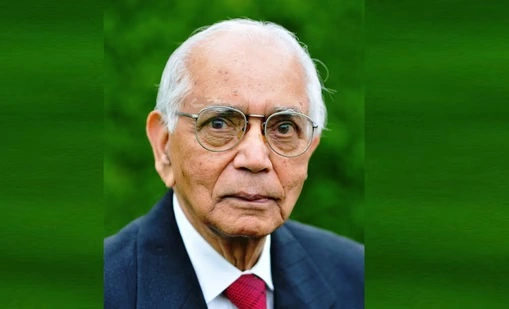
Then came C.R. Rao, who was born in 1920, and later went on to continue exceptional work in the fields of statistics theory and application. Without a doubt, his contributions to the field of estimate theory are fundamental to contemporary statistics; these include the Rao-Blackwell theorem and the Cramer-Rao bound. As of now, many fields including engineering and genetics, can benefit from Rao’s work in multivariate analysis. And for sure, the legacy Rao leaves behind will be felt for years to come because of the number of statisticians he mentored.
7. Satyendra Nath Bose
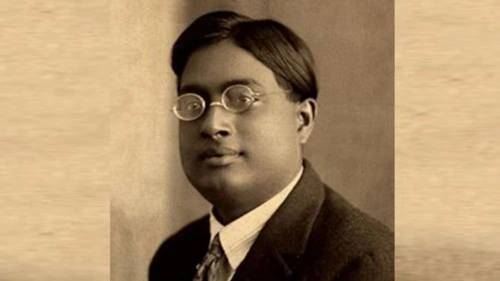
Next up, we have Satyendra Nath Bose, who was born in 1894, and who worked in quantum mechanics. See, back then, our knowledge of quantum particles was profoundly altered by his work with Albert Einstein on Bose-Einstein statistics. Yes, he was the famous Indian scientist who actually worked with Einstein. See, the Bose-Einstein condensate was predicted by Bose as a novel form of matter using his statistical approach to Planck’s equation. Later on in life, Bose was able to cement his position in scientific history despite obstacles to recognition, his contributions to theoretical physics were recognized with various prizes, including the Padma Vibhushan.
8. Shakuntala Devi
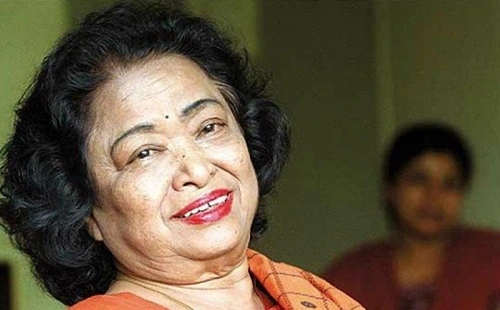
“The Human Computer,” Shakuntala Devi’s mind-reading talents literally stunned the globe. Did you know that she was born in Bangalore in 1929 and achieved a record that was entered in the Guinness Book of World Records when she calculated the 23rd root of a 201-digit integer more quickly than a UNIVAC machine? Without a doubt, many people were captivated by mathematics after seeing Devi’s public presentations and reading her books. Her exceptional skill opened many people’s eyes to the limitless power of human thought, and she changed the way many people saw mathematics forever.
9. D.R. Kaprekar
Dattatreya Ramchandra Kaprekar or D.R. Kaprekar for short, was an independent mathematician who made important contributions to number theory as a result of his natural curiosity to this very subject. He was born in 1905. A captivating property of numbers, his most famous accomplishment is the Kaprekar constant (6174). The novel ideas put forth by Kaprekar were on display in his investigations of magic squares, self-numbers, and Harshad numbers. In India, not many people know about him because he wasn’t too famous in the country, but the scientific community respected this great mind.
10. Narendra Karmarkar
Lastly, let’s talk about another great mind and famous Indian mathematician who’s still among us, and yes, we are talking about none other than Narendra Karmarkar. This very Indian scientist is largely responsible for the optimization revolution that his Karmarkar algorithm sparked. As of 2024, from economics to engineering, this polynomial-time technique for linear programming surpassed the simplex method by a significant margin.
Conclusion
These are some of the great figures in the history of Indian mathematics, and when you read about these famous mathematicians, you’ll come to know how much respect they got from the global scientific community. And sure, they are still inspiring for many to make new advancements and new discoveries in the scientific world.

